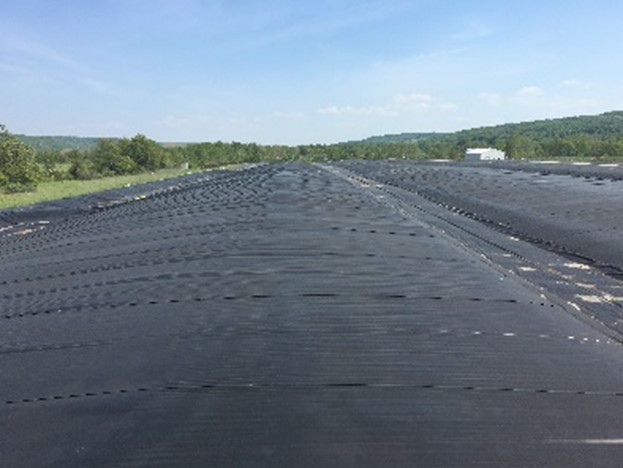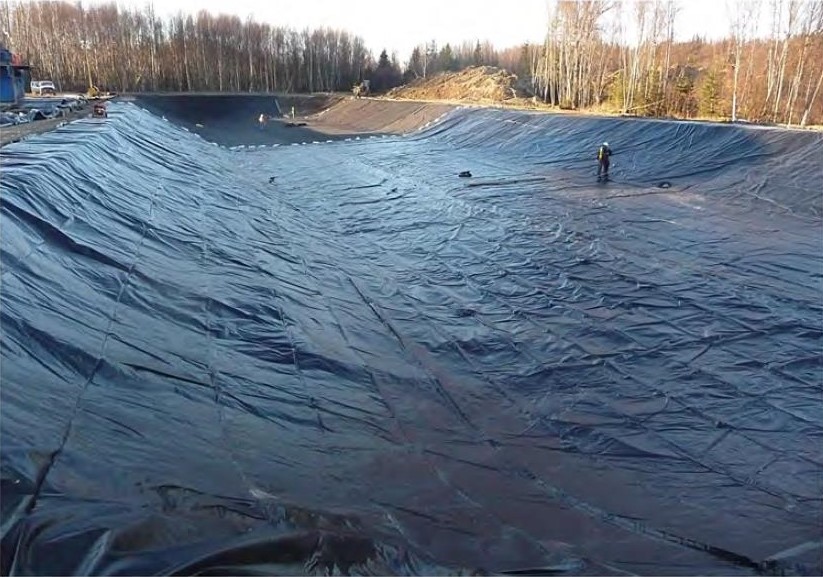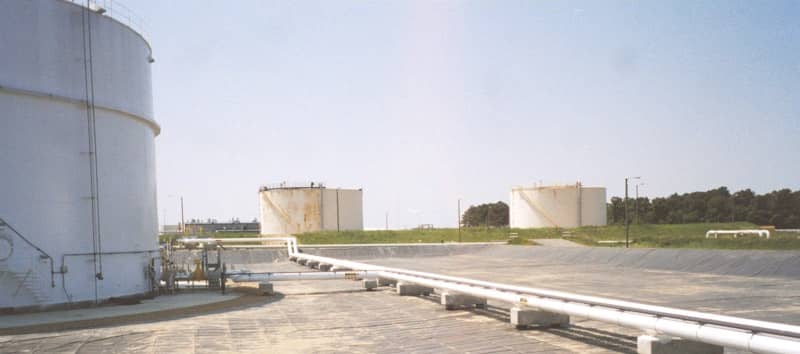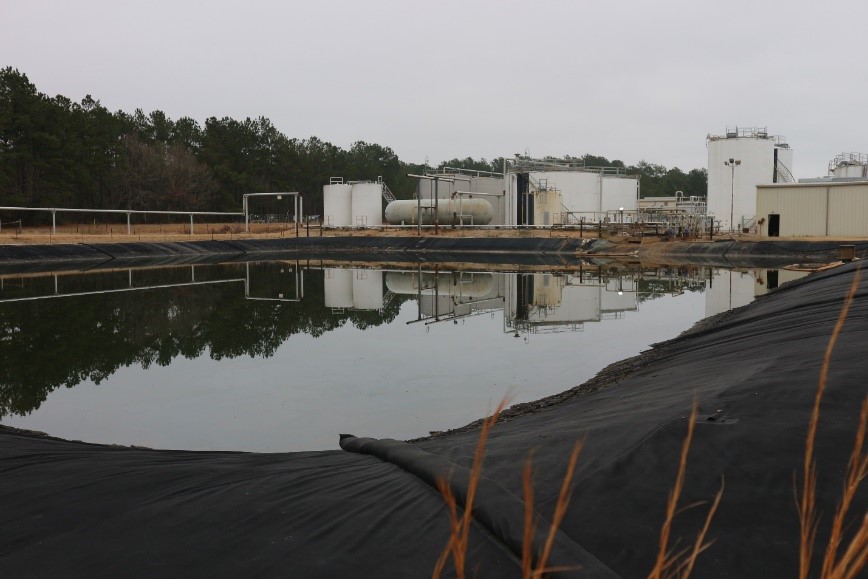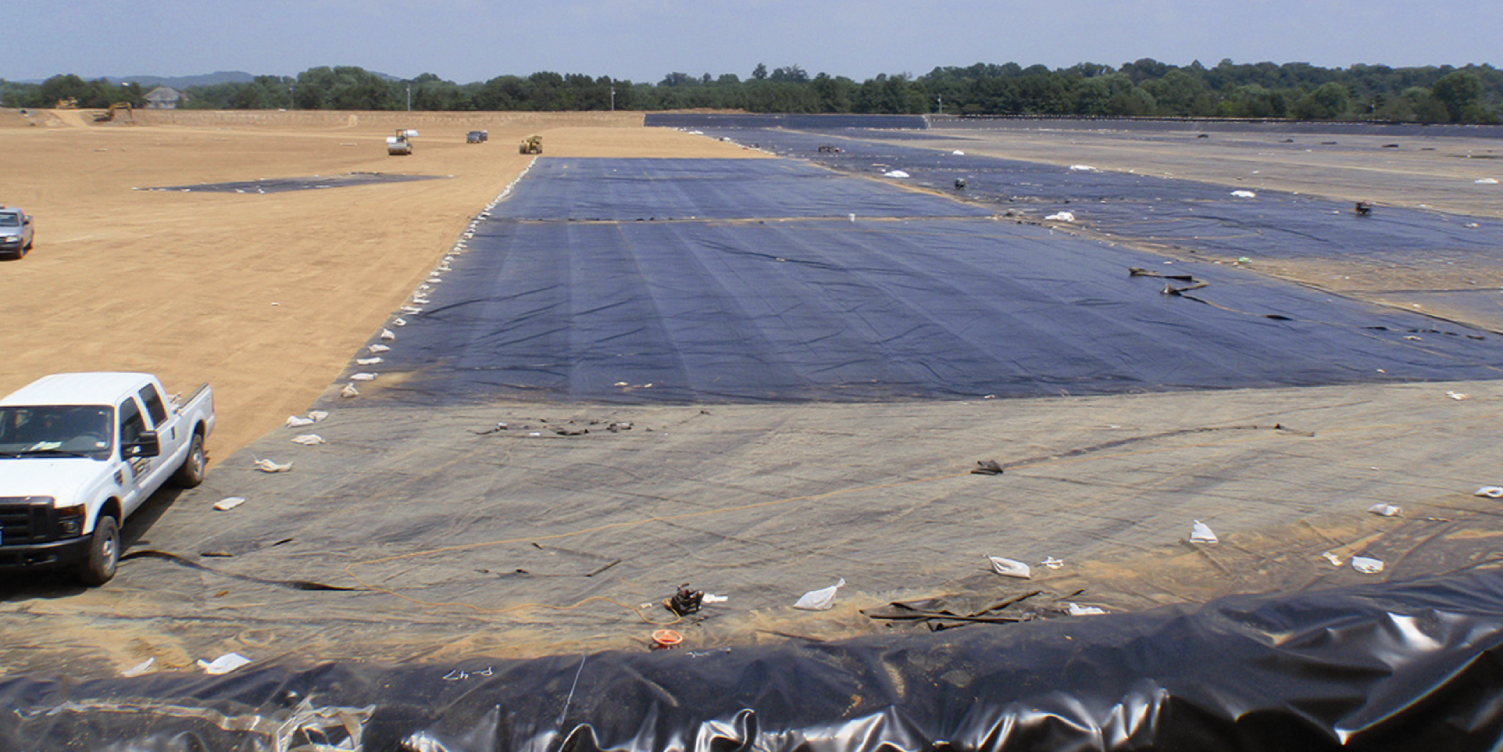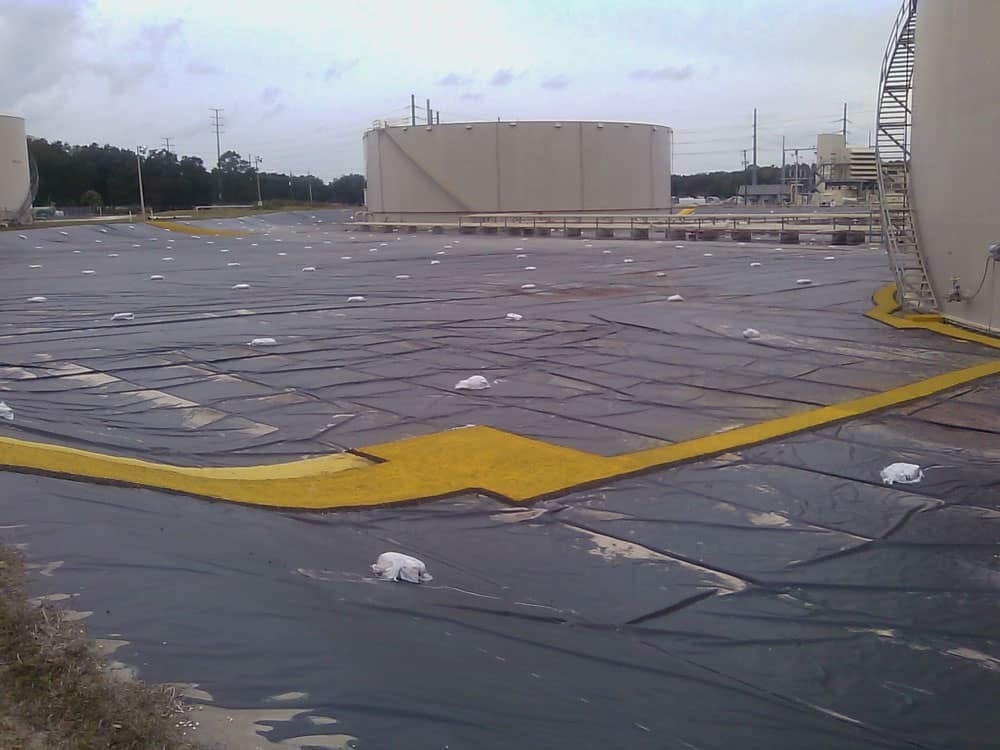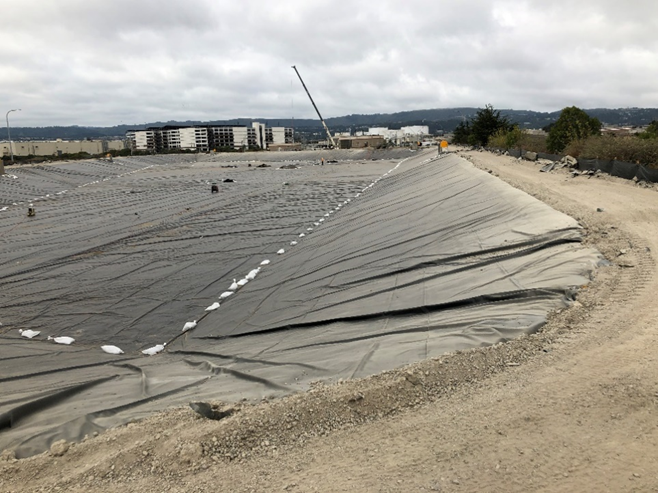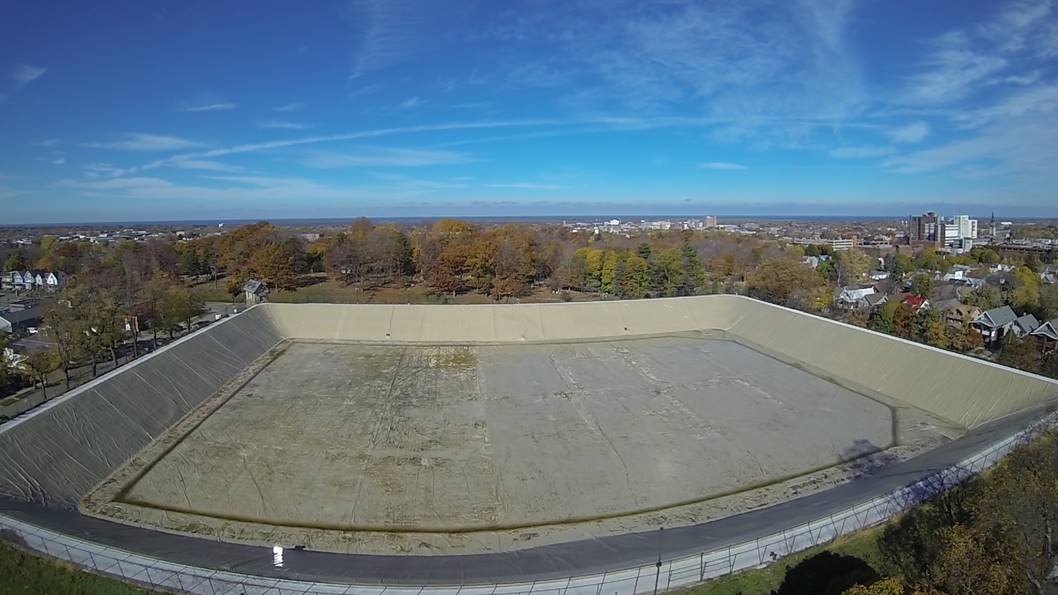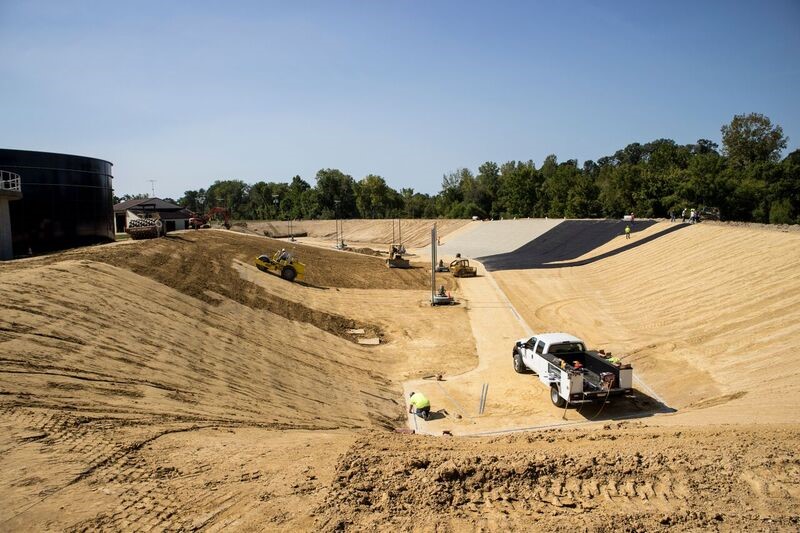Since posting our first blog addressing the recent interest in exposed Geomembrane covers, discussion around the topic has continued throughout the industry. More specifically, the conversation often revolves around the same question: How can certain geomembranes be made to work for exposed applications?
Geomembrane chemical compatibility vs. permeability, Part 2
What are the factors affecting permeability of polymers?
What are the key issues in writing “or-equal” geomembrane specifications?
Part 2. An example of an “or-equal” spec gone bad and how it applies to geomembrane specifications.
What are the key issues in writing “or-equal” geomembrane specifications?
Part 1. How are “or-equal” specs used in the construction industry?
Nothing is indestructible, and that includes a geomembrane. While they are designed as a barrier against liquid, there are a variety of mechanical activities that will prevent a geomembrane from functioning as intended. Plus, these activities will also adversely affect the longevity of the geomembrane as well.
One way to classify secondary containment of stored industrial liquids is either permanent or portable. Both routinely use the same type of geomembrane as the primary containment layer. In this blog, we will compare the two applications and look at the principal ways geomembrane use is the same and how it differs in permanent vs. portable secondary containment.
A recent article, written on behalf of the Water and Wastewater Equipment Manufacturers Association (WWEMA), detailed the complexity of contracts in today’s world. The article addresses the problems in the context of the water and wastewater industry, which includes a substantial portion of the geomembrane industry.
The quality of the water we drink is pretty important. We assume we are protected by regulations that maintain high standards in our water, especially with the increasing use of geomembranes in potable water applications. But do all geomembranes comply? This blog will look at drinking water standards as they apply to geomembranes and how compliance should occur.
Many engineers would argue that geomembranes are only fluid barriers and are not meant to be load bearing in any manner. All loads should be carried by geosynthetic counterparts, such as geotextiles, geogrids, etc., that are placed over and under the geomembrane. However, from a materials and installation standpoint, it is virtually impossible to transmit all load to the adjacent layers. Additionally, it is not usually cost-effective to build a heavily redundant composite system that takes all mechanical bearing off the geomembrane.

